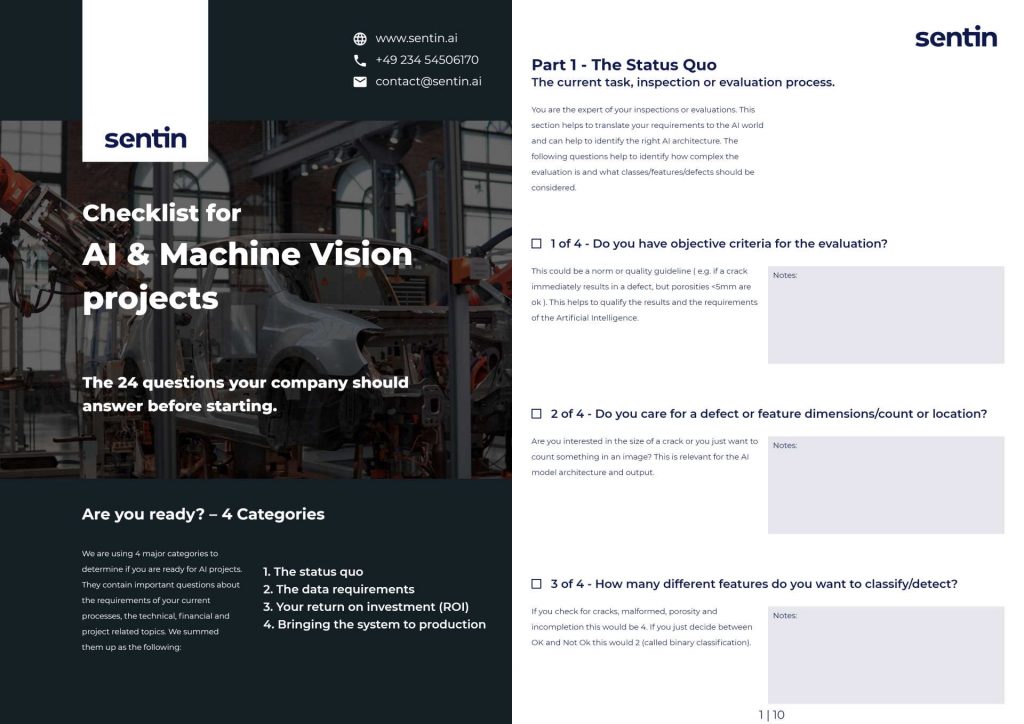Routine in monotone Jobs
A development, as shown by the studies of the German Institut für Arbeitsmarkt- und Berufsforschung (IAB, Employment Research), is that employees with a high proportion of routine use training courses less frequently than those with a lower proportion. This can be especially critical for tasks that are easy to automate.
T3N writes (translated from German) in the article “Paradox – durch Maschinen ersetzbare Mitarbeiter bilden sich seltener weiter”.
“[…] So it seems to be mostly about people who feel good just to do routine tasks. […]”
Another factor can also be the company training offer. Everything in production should be as efficient as possible, and a supervisor will think carefully about where training for employees and companies is the most promising. Because the western countries are usually already associated with high personnel costs anyway.
1. People Rate Subjectively
Whether in random samples or 100% exams, the human factor is not always objective. Successful quality assurance depends on a well-regulated process, which best contains a consistent quality of the individual quality controls.
A common visual inspection problem is the routine. If a person keeps looking at the same object over a long period of time, it is likely that he is tired or bored. If he does this several times a week, he builds up a certain amount of expertise, but he can also be desensitized to certain defects. So it may be that faults are overlooked and the products are delivered to the customer and then get complained.
2. Fatigue: “After half an hour, you see things that are not there.”
Another topic is faults that are not there. If you do a lot of monotonous tasks, it can also happen that your eyes are playing a joke. Is there a scratch or not? The more you try to concentrate, the harder it gets and more things can go wrong. Likewise, you may have got up on the wrong side of the bed and rate things more pessimistically than they actually are. Keywords are complaints and pseudo rejects.
As part of the digitization and aspirations of Industry 4.0, a rethinking of automation solutions is therefore required. In the course of time tasks were automated again and again and new tasks were created. We believe that modern methods such as machine vision offer potential to give people new tasks and more time (for example, to process critical cases). Humans can thus work hand-in-hand with the system while protecting the environment and resources.





